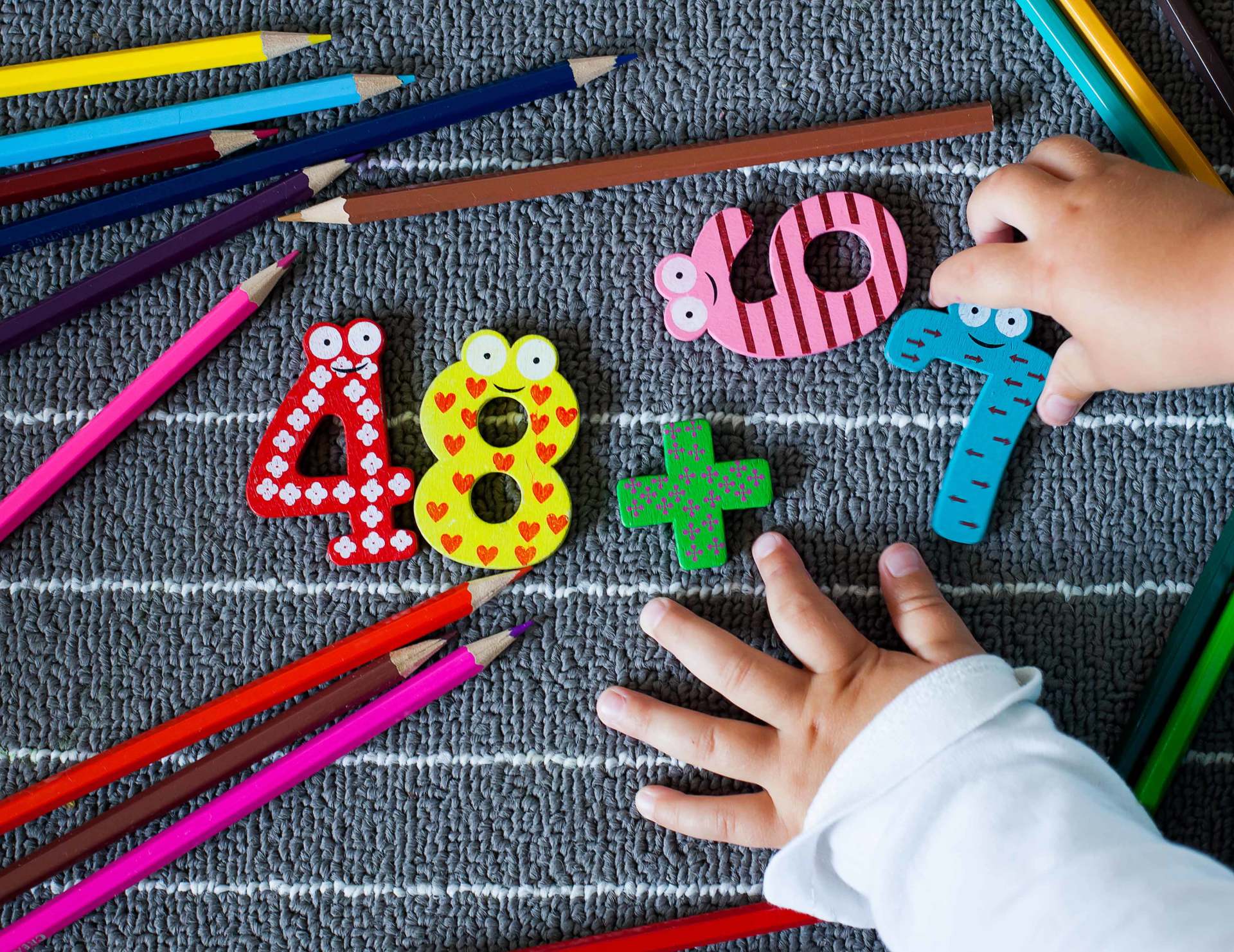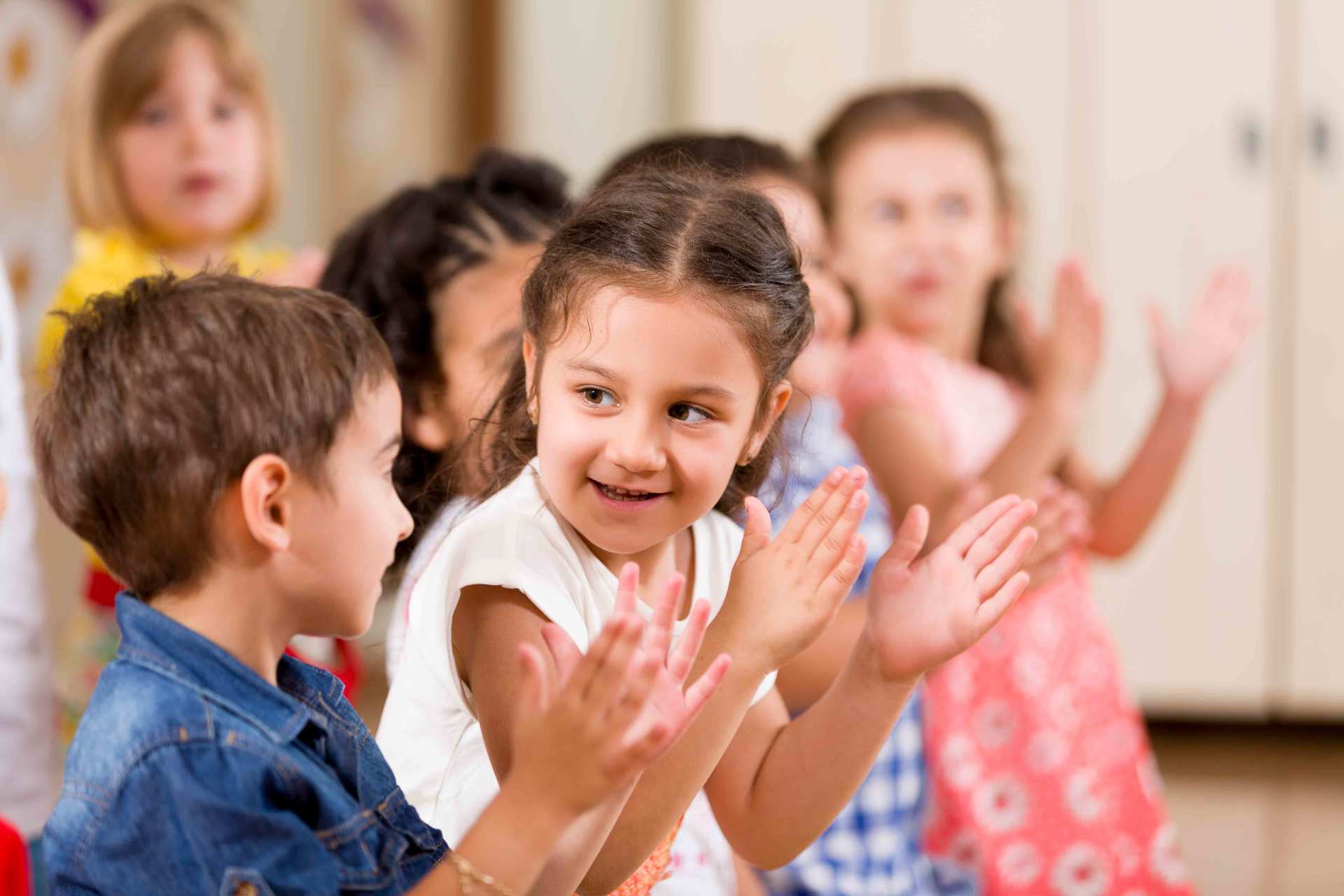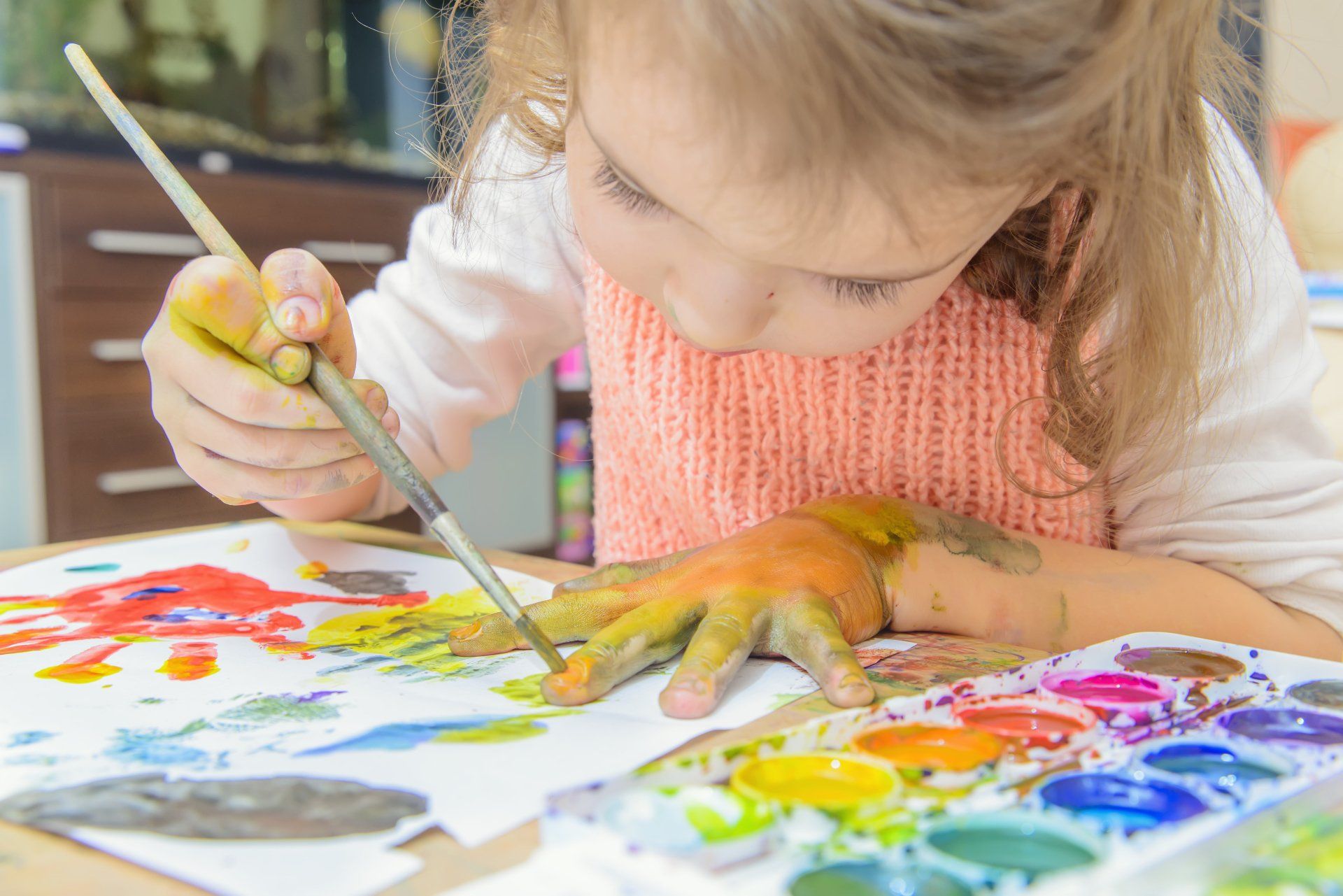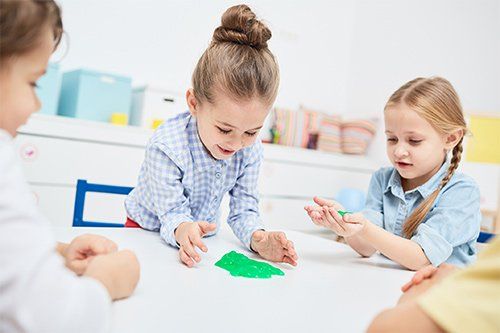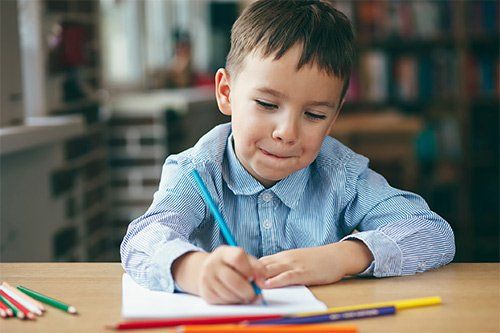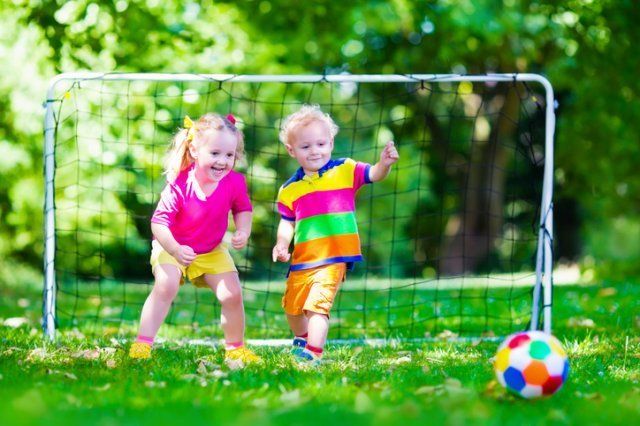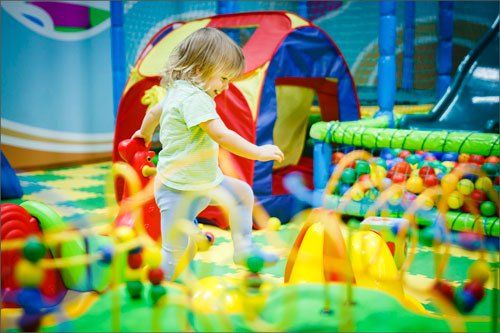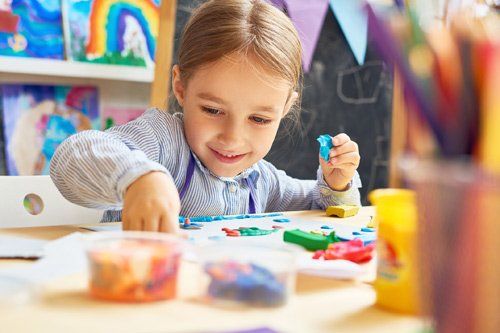Process Art: What It Is and How It Can Help Your Child
- By Admin
- •
- 15 Feb, 2018
- •
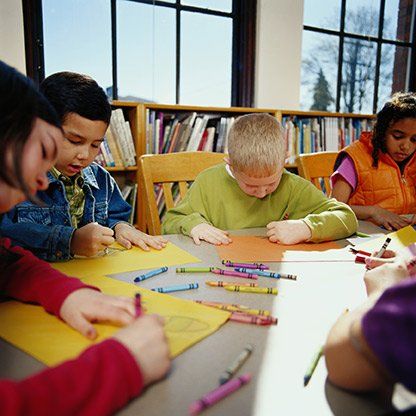
You've heard the words "process art" in reference to young children and early education. But you're not entirely sure what it is or how it's different from any other art experience. Maybe you remember coloring with crayons in pre-printed books as a child or painting a pretty portrait as your parent guided you through the art activity. So how is process art any different than these other types of projects?
Understanding what the words "process art" mean and how these activities can benefit your toddler or preschooler is a step towards helping your little learner build skills and develop creativity. What do you need to know about process art, how it can help your child and how to use this type of activity at home?
You've heard the words "process art" in reference to young children and early education. But you're not entirely sure what it is or how it's different from any other art experience. Maybe you remember coloring with crayons in pre-printed books as a child or painting a pretty portrait as your parent guided you through the art activity. So how is process art any different than these other types of projects?
Understanding what the words "process art" mean and how these activities can benefit your toddler or preschooler is a step towards helping your little learner build skills and develop creativity. What do you need to know about process art, how it can help your child and how to use this type of activity at home?
The Definition
At it's most basic, process art includes creative visual arts activities that have no strict or specific outcome. In other words, the process is emphasized and not the end product. Instead of instructing the child to make 'something', a process-based exploration encourages the learner to create, experiment and discover by playing with the materials at hand.
Keep in mind that the child may very well make something that looks a lot like a product. For example, a child who is exploring tempera paints, experiencing the process of making lines, swirls, and zig-zags on a canvas, may end up creating a picture that looks like a flower. And that's perfectly okay when it comes to process art. The difference between this type of activity and one in which an adult requires the child to only paint a flower is the way in which the child choose to create.
Process art is child-led, doesn't have step-by-step or how-to instructions and is never wrong. In the flower example, a child who is told to paint a flower wouldn't paint a cat. A cat is the wrong product for that activity. But if the art activity is a process-based one, and the end result happened to be a cat, that's fine - because there is no wrong answer.
The Benefits
Why choose a process art activity for your child? You may notice your child trying out process art at daycare or preschool. This would lead you to believe that the pros know the benefits of this type of artsy exploration. And they do.
Process art is well-known in the early childhood education arena as being a beneficial activity that can help young children to build many different skills. These include creativity, problem-solving abilities, critical-thinking skills, and fine motor (hand and finger movement and coordination) skills.
Children can also feel free to express their feelings, explore emotions, and share their inner thoughts through process-based artistic activities.
The Activities
What counts as process art? There are endless possibilities here. The key when creating a process-based activity for your child is making it open-ended. That means there is no expected result. This could include anything from mixing primary colors of paint on a piece of paper to playing with modeling clay.
Children can paint, sculpt, draw, doodle, scribble, glue, cut (with safety scissors), collage, fold (paper), stamp, print or create with any kid-friendly material the two of you choose together.
The Adult's Role
Adults often feel the need to step in and 'help' a child to create. This is completely normal. After all, you want your child to succeed. But, in the realm of process art, adults need to take a step back.
This doesn't mean you need to go into another room and ignore your child. Adult supervision is always required when a young child is using any art material. Instead of pointing out ways that the child could improve what they're doing, let your child take the lead. You can talk to your child as they create, asking them questions about what they're doing and why. This can help your child to think critically about the process, problem-solve and dig deeper into what they're actually doing.
Are you looking for a new learning environment where your child can experience art and other educational activities? Riviera Children's Center offers the care and supervision your child needs.
